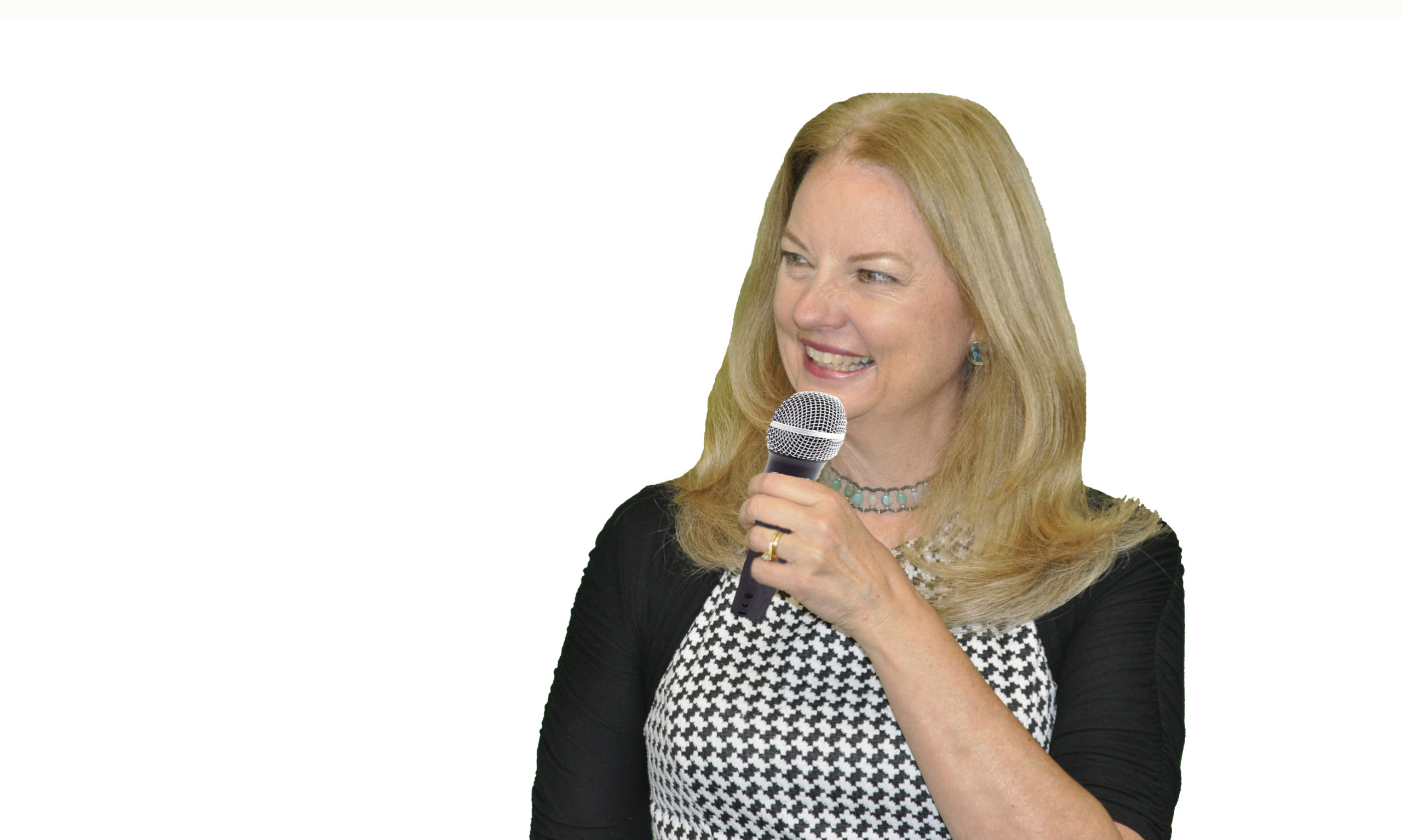
Knowing that I couldn’t lead a fundraising campaign without a guiding light, I did the only thing I knew to do—make it up. Being an effective leader means you have to improvise with what you have, and I needed to create a plan with the information that was available. In the process, I hoped to be able to fill in the gaps with my best guess of what should be in the plan.
I called a meeting with my staff. On the top left side of the whiteboard, I wrote the name of the university and below that I wrote, “Executive Staff.” I asked them to brainstorm about the needs and reasons why the executive staff thought the fundraising staff should be raising money. There was a lot of grumbling and grousing with statements like, “How should we know? They should be telling us what they need.” Someone chimed in and said, “Since the foundation is paying our salaries, shouldn’t we be asking them?”
I agreed that this wasn’t the ideal situation, but since such was not so, we had to have a plan, and to create that plan we needed to put ourselves in their shoes. After much work and considerable imagination, we came up with a comprehensive list of projects and goals we thought they were expecting us to accomplish.
I then drew a line down the center of the whiteboard and wrote the words “Foundation Board” on the right side. Following an audible gasp from my staff, one person said, “We know the focus is different from what the university would want us doing, but we can’t possibly please everyone.” I asked them to forget about the left side of the board for the moment and just concentrate on the right side, and we soon came up with a detailed list of what the foundation board most likely thought would be important to accomplish.
Next I said, “We need to find the commonalities between the two different sides because we can’t do it all.” I had the utmost confidence in my staff’s ability and perseverance. I also knew we had proven time and again we could do anything, but we just couldn’t do everything. We discussed the common themes from the right and left sides which I wrote in the center of the board. I asked my staff to think about these themes, to consider how they resonated, and to come back the next day to finalize the plan. As everyone left the room, I surveyed the progress we had made but still didn’t have the sense of relief I had expected. The staff was skeptical of whether this was a waste of time, and to be honest, I was questioning it too.
The next day when they walked into the room, I reviewed the whiteboard the common themes from both sides—what the executive staff thought we should raise money for and what the foundation board would want from the development department. We refined the commonalities into general categories and determined that when approached by faculty, staff, or the board about raising money for a project, if it didn’t fit into these areas, we would say that it wasn’t a present priority. If it did fit, we would then talk about it as a team and decide how we could work on the project. Everyone left the meeting feeling like we finally had a guiding light to evaluate opportunities.
When I presented the plan to the executive staff and the foundation board only minor modifications were made. After this we were rarely asked, “Why are you raising money for the dental hygiene clinic?” or “We don’t want that piece of equipment, so why are you pursuing it?”
Excerpted from Putting the Fun In FUNdraising: Secrets to Raising More Money Faster and Easier by Robin Thompson.




